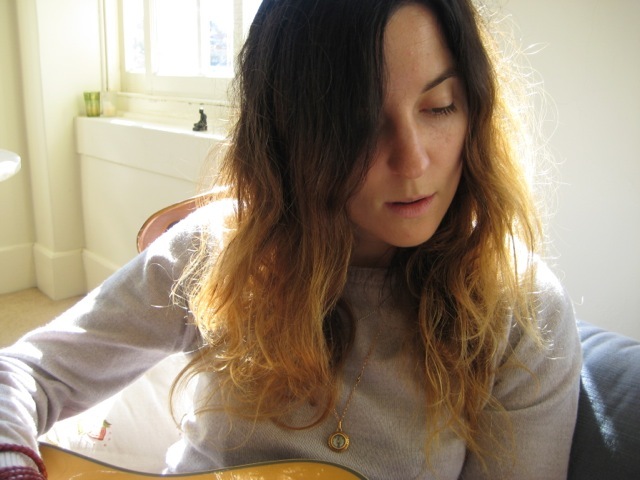Ever since she was head of her photography class in high school, Bec Parsons craved a career behind the lens. During her four years as an assistant, Bec was mentored by a string of UK fashion photographers before returning home to hone her own, perfectly minimal aesthetic. Balancing a freelance lifestyle and a four-year-old daughter, Bec is busy, but also living her dream. In between jobs for commercial clients and major fashion titles, she works with her husband, Bart, on their heavenly magazine Love Want, a biannual that brings the worlds of fashion, art, and photography together through a series of film-shot editorials. Here, Bec shares her tips to a successful career in photography.
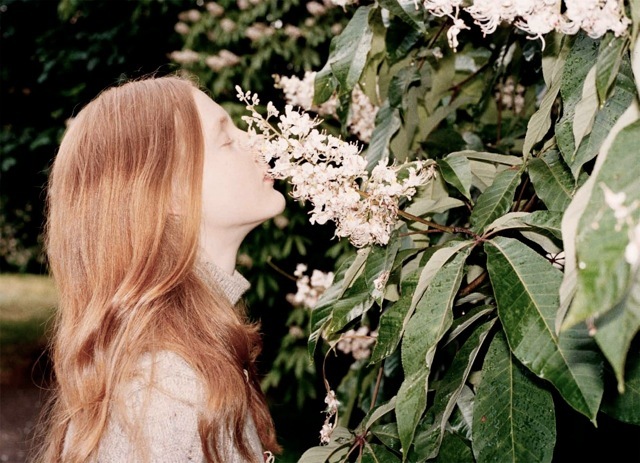
What I do and why I do it:
I love being a photographer and I feel blessed to be able to earn my income doing what I love most. As well as working as a freelancer, my husband and I run a biannual fashion journal called Love Want. It’s our love project and I feel like we shoot the commercial jobs to be able to fund Love Want. I’ve always loved taking personal pictures. From the very beginning I’ve always loved hanging out with girls and taking their portraits. My truest form is just shooting girls as they are, super minimal. That’s why in my fashion stories they have minimal hair and makeup; I just love the girl. I know I’m going to love a girl if she walks into the casting and I don’t even need to see her book. I’m a bit obsessed with youth, I guess. In high school, I was head of the photography class so I did lots of darkroom work. I’ve always loved taking pictures, but at the beginning, it was bit ‘sliding doors.’ I either wanted to be an actress or a photographer. It was funny because I went for an audition at NIDA and got a call back but ended up getting really sick with tonsillitis, which meant I couldn’t make it. They basically told me to “come back next year” but I obviously wasn’t that passionate about it because I ended up following photography. It’s funny how the universe makes things happen for you.
A day in my life:
On a day that I’m shooting, I’ll normally be up early and on set by 8am, unless we are shooting first light then it will be a nice early 4am start. I’ll arrive, brief the hair and makeup team and discuss the shoot with the stylist. Then my assistants will set everything up and we’ll start by doing lighting tests and making sure everything is good to go once the model is ready. It’s normally a fun day shooting, editing, and collaborating with everyone on set. Some weeks it will be so busy that I can’t even do my laundry and the next week there will be nothing and it’s quiet. The minute my husband or I don’t have physical shoots on we’re basically spending all of our time putting Love Wanttogether. We do a lot of forward planning because often we’ll shoot much of it in a different country.
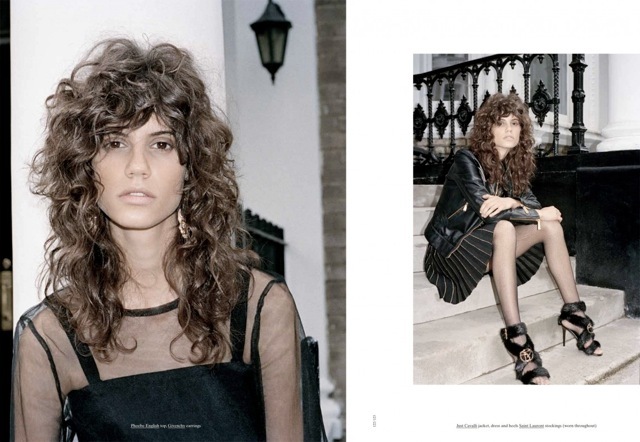
The moment that made me:
Shooting Karlie Kloss for our March Love Want cover in New York was pretty major. I also worked with Lexi Boling for our most recent issue. But I don’t think there has been one moment that has ‘made me.’ In fact I feel like that moment is still to come, I’m constantly evolving. It was really my husband, who encouraged me to make the move from an assistant to a photographer. At 24 I stopped assisting and became a nanny to support myself while working as a photographer. It’s really hard to have to let people see you as a photographer when you’re not earning enough money to support yourself in those first couple of years. It’s a weird illusion. When you’re assisting, you’re constantly busy, but what you don’t realize is how political it is and how long it’s taken for those relationships to form. It really takes years to build up to a point where you’re supporting yourself from a photographer’s income. Unless you’ve got that backing, you pretty much need to have a part-time job outside of the industry so you can earn money. And that way whenever anyone ever sees you, your identity starts to change from being the assistant to being the photographer.
Instagram — which I have a love hate relationship with — has been an interesting platform for meeting people, especially stylists. I just did a shoot in New York with an iconic stylist by the name of Heather Mary Jackson, who used to be the fashion director of The Face magazine in the 90s. She reached out to me through Instagram, which is amazing. So we started talking through Instagram, then we began emailing and she was like, “I love your aesthetic, I’d love to shoot with you, I’m in New York, can we do something?” So, I jumped on a plane and went to New York and shot with her last month. There is definitely no harm in reaching out to people you want to collaborate with.
To degree or not to degree, that is the question:
My honest truth to anyone wanting to be a photographer would be not to degree. I feel like what you learn on set is invaluable. However it’s very important to have a great understanding of all the eras so you’re equipped when it comes to referencing inspiration. I studied visual communications majoring in photography, which I guess was helpful, but my true understanding came from assisting over four years. Once I stopped assisting and started shooting, that’s when I really learned the pressures that are involved with being a photographer.
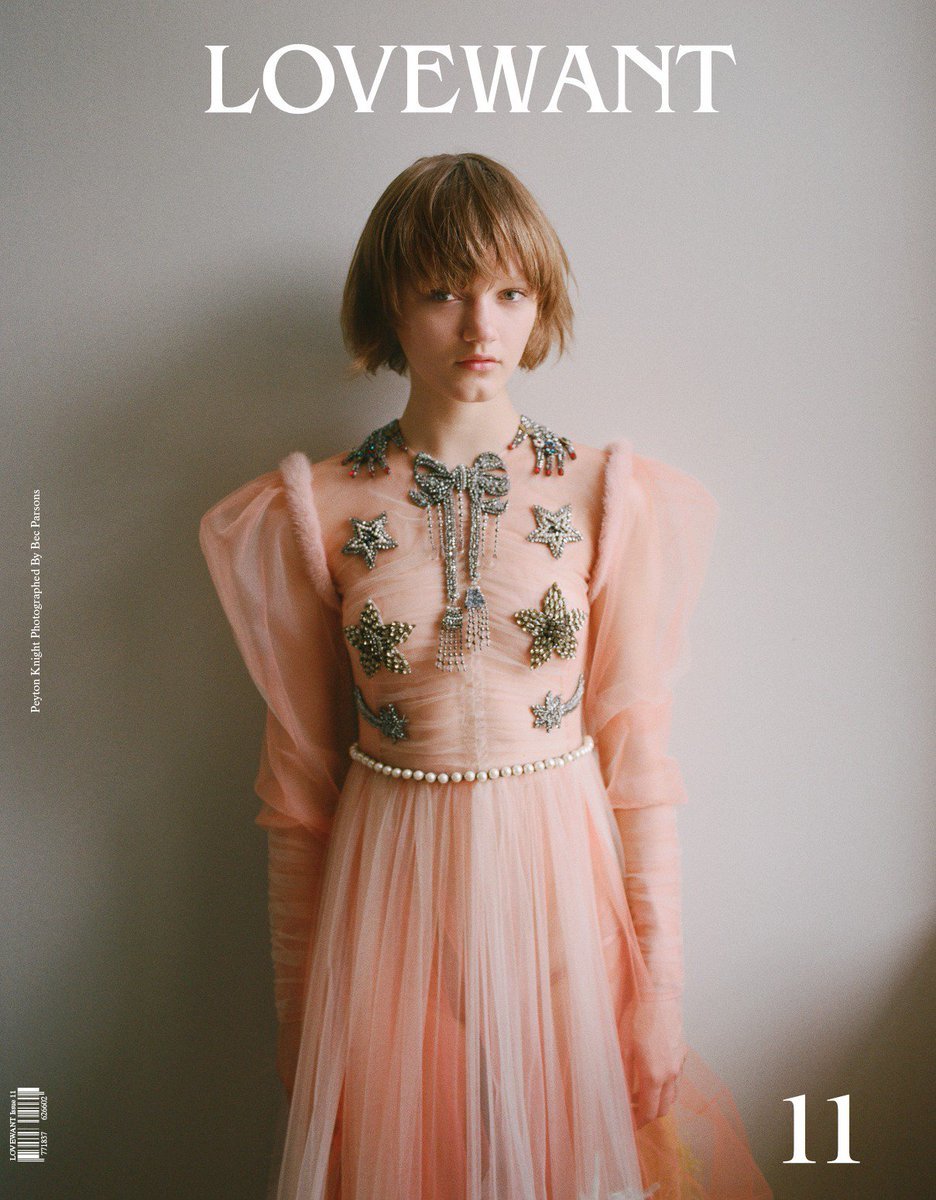
What I wish I knew then that I know now:
I’ve learned how important it is to have a great team around you. Every element of the photo shoot is vital. If one element is out, it can be a real struggle. Work with the people who share the same vision and aesthetic.
I vividly remember assisting on a job I did with Derek Henderson when he was shooting Scarlett Johannsson, around the time Lost in Translation came out. We thought we had an hour with her and we were all set up and ready to do lighting tests and everything. But she was late and Derek ended up having ten minutes with her. So instead of wasting time doing what we thought we would do, Derek pulled out his point-and-shoot camera — a 35mm film camera that fit in his top pocket — and he shot her on that. So you learn to adapt quickly; I think that’s the main thing. As a photographer you’re constantly problem-solving. You’re constantly shown references of sunny days and then the day you’re shooting it’s torrential rain. You have to be able to make the client feel comfortable — if they’re stressing, the trick is you can’t stress. It teaches you how to problem solve and to be quick on your feet really. I think as an assistant you watch and think, ‘I could do that, I could take that photo.’ But the reality is: even if you could, could you deal with seven clients and four art directors who are relying on you to get a result, whilst managing a lot of egos? That kind of pressure is real.
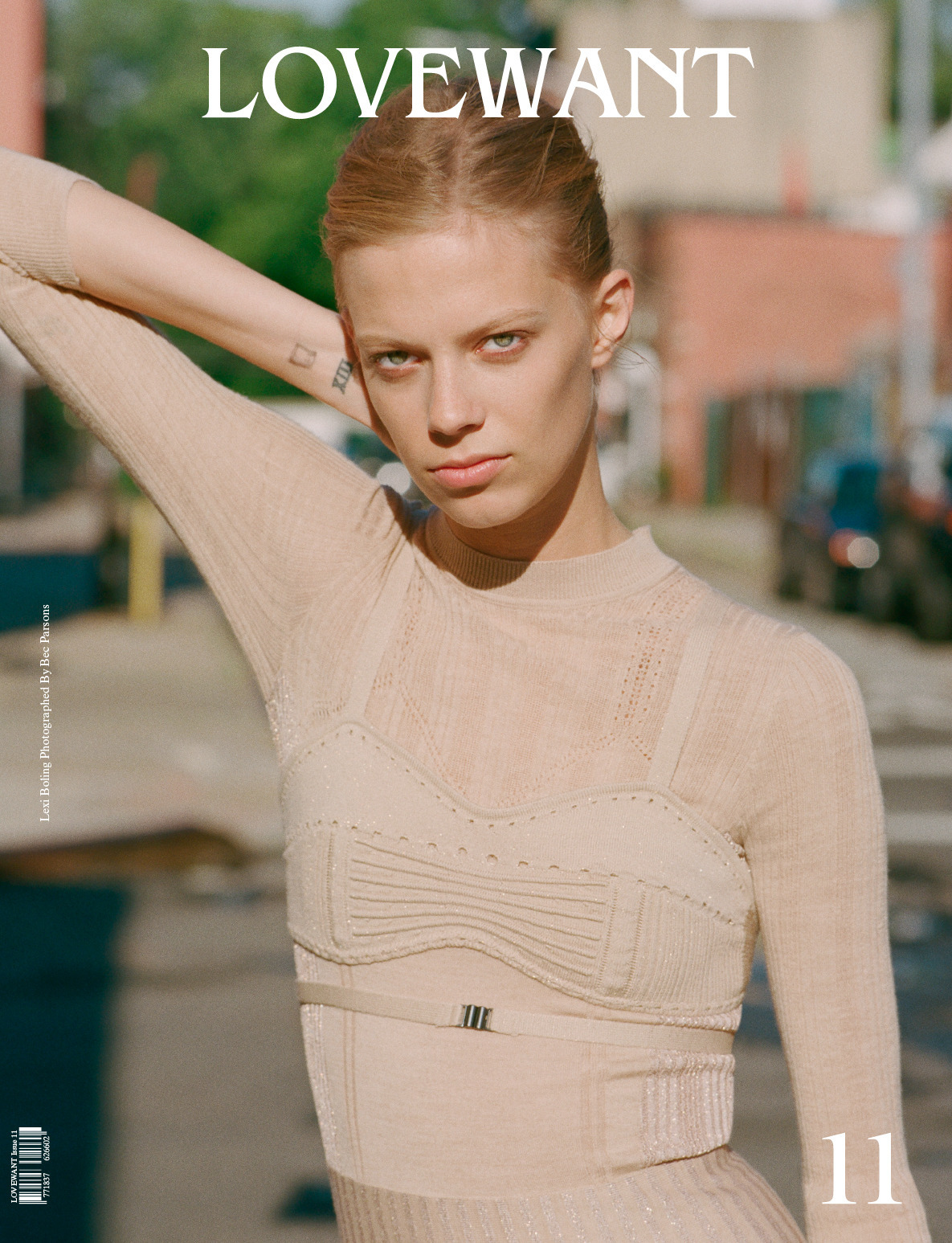
I’m excited by tomorrow because:
There is a lot of trust required with the freelance lifestyle and you never know what tomorrow will bring. You learn to trust in the universe, just around the corner could be the job of a lifetime! At the moment, I’m working on publishing my first book, which is exciting. It’s hopefully going to be out next year. I have an obsession with blossoms and any time I’ve seen blossoms, I’ve photographed them. I did an amazing shoot a couple of years ago with Julia Nobis at Coney Island and I always wanted to save the pictures for a book. So we’ve married the two and it’s this really beautiful story about youth and the blossoming of a girl, the blossoming of flowers. It’s really simple, all shot on film. It’s a visual feast, I guess.
Credits
Text Hilary Bourke
